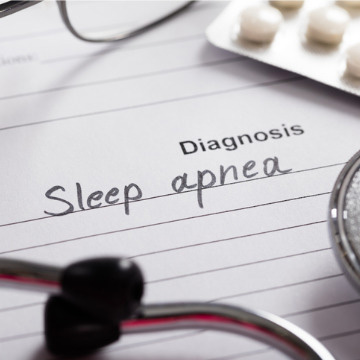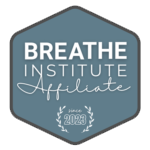
San Francisco and Marin CA
Obstructive sleep apnea (OSA) is a serious sleep-breathing disorder that is receiving a lot of public attention — and for good reason. Research estimates that around 30 million Americans suffer from OSA, but only about 6 million of them have been diagnosed. Some people may not know that they have OSA — perhaps they don’t know what the symptoms are or the people that have heard the symptoms haven’t put together that they could be OSA. Other people may hesitate to be diagnosed with sleep apnea because of the prevalent form of treatment: a cumbersome — and oftentimes loud — continuous positive air pressure (CPAP) machine.
What is OSA?
OSA is characterized by repeated interruptions in breathing and loud, persistent snoring due to a partial or complete airway blockage. These breathing pauses repeatedly interrupt a person’s sleep cycle, leading to daytime fatigue, headaches, difficulty concentrating and even, if left untreated, serious health risks like heart disease and high blood pressure.
How does a CPAP machine help?
A CPAP machine delivers a steady stream of air through a mask that is hooked by a hose to a machine. The purpose is to keep the airway open during sleep.
While CPAP is an effective treatment for OSA, many users complain about:
- Feeling claustrophobic
- Suffering from dry mouth or nasal congestion
- Dealing with a tangled hose
- The breathtaking feeling of constant airflow hitting the face
- The noise that the CPAP machine makes
But what’s the alternative?
Fortunately, OSA has other treatment possibilities that don’t involve a CPAP. Surgical intervention is usually only needed in the most severe cases. Let’s look with our airway dentist in San Francisco at a few ways that minor to moderate cases of OSA can be treated.
-
Lifestyle changes
- Weight loss — Excessive weight, including extra fat deposits around the neck, can contribute to OSA by narrowing the airway and increasing the likelihood of airway obstruction during sleep.
- Sleep position — Sleeping on your back instead of your side contributes to airway collapse.
- Alcohol and sedatives — These substances relax the throat muscles, increasing the risk of airway collapse.
-
Oral appliance therapy
Our Marin sleep apnea dentist provides custom-fitted, comfortable oral appliances that are designed to reposition the lower jaw and tongue, keeping the airway open at night.
-
Myofunctional therapy
This is basically physical therapy for the mouth, involving exercises that strengthen the tongue and throat muscles to prevent airway collapse. Myofuncational therapy is a natural and non-invasive approach that can be beneficial for some OSA patients.
Airway dentistry in the Bay Area
If you think you or a sleeping partner may have OSA, don’t let the idea of a CPAP stand in the way of a potential diagnosis and treatment. Contact Glen Park Dental at (415) 799-3900, or reach out to us online to schedule a consultation today.


